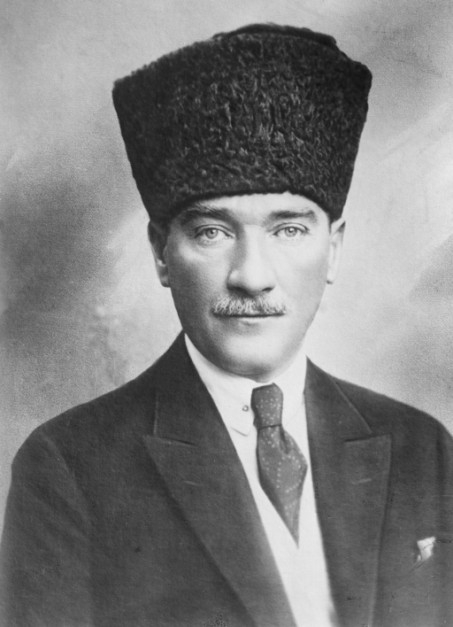
The terms ‘Kurds’ and ‘Kurdistan’ were not part of the language of the Sykes-Picot Agreement. The provisions of the Franco-British plan placed the Kurdish population of Anatolia and Mesopotamia across the French and Russian pieces of the Ottoman pie.
The Kurdish-populated areas of south-eastern Anatolia were promised to Tsarist Russia, in addition to the defeated Sultan’s Armenian provinces. France would control the cities of Aintab, Urfa, Mardin, Diyarbakir, and Mosul — all dotted with Kurdish communities living in or around them. Only an independent Arab state (or states) under western tutelage was then dreamt up by the allied diplomats, never an autonomous Kurdistan.
Four years after Mark Sykes and Francois Georges-Picot drew their lines, the allied powers convened in the Conference of San Remo, on April 1920, to discuss the fate of a now defeated Ottoman Empire. The new Soviet regime in Russia was notably absent from the negotiations. In San Remo, France and Britain revised the contours of their earlier plan. T he mandate system replaced the planned independent Arab states, and Mosul was handed to Britain, henceforth becoming an Iraqi city. In exchange, France received a 25 per cent share of Iraqi oil.The allies also devised, for the first time, a blueprint for a European-style Kurdish nation state in south-eastern Anatolia.
In August 1920, representatives of the Ottoman sultan signed the Treaty of Sevres, yielding to the provisions of San Remo. The Ottoman Empire was abolished, most of Anatolia fell under military occupation and an autonomous Kurdistan was defined under Articles 62, 63, and 64 to extend from the Turkish borders with Syria and Iraq, up to the borders of ‘Greater Armenia’. The League of Nations would recognise the entity within a year, following a plebiscite. The treaty also allowed for another plebiscite to take place in the Kurdish areas of Iraq, including in Mosul province, on whether to join the Kurdish nation state. Unlike the peoples of Franco-British mandated Syria and Iraq, the Kurds had been granted a mandate-free Wilsonian right of ‘self-determination’.
Post-war settlement renegotiated
The Ottoman Sultanate however, soon fell to the Kemalist revolution, and the nationalist government in Ankara rejected the ‘humiliation’ of Sevres. The revisionist forces led by Mustafa Kemal Ataturk soon routed the allied forces from most of Anatolia. France, Britain, and Italy accepted the new reality and renegotiated the post-war settlement with the new rulers of Turkey.
In the Treaty of Lausanne (1923), the allies sacrificed autonomous Kurdistan, Greater Armenia, and any spheres of influence in Anatolia. In exchange, Ataturk renounced any Turkish claims in North Africa and Arab Asia. Five years after the guns of the Great War fell silent in Europe, a settlement had finally emerged in the Middle East. The boundaries of Turkey established in Lausanne (apart from the addition of Hatay in 1939) remain unchanged today.
In 1925, the Kurds of eastern Anatolia broke in revolt. The ‘Zaza rebellion’, however, was quickly and brutally crushed by the Kemalist regime, and its leader, Shaikh Saeed, was hanged. The rest of the 20th century saw repeated Kurdish risings in Turkey, Iraq, and Iran. Kurdish national aspirations also became a favourite tool in the geopolitical machinations of the US and the Soviet Union during the Cold War. The result, however, was always one; thousands of Kurds lost their lives, and an independent Kurdistan never came to be.
Today, with the Middle East in upheaval, many believe that an independent Kurdish entity (or entities) will soon emerge with the blessing, if not the direct involvement, of Russia and the US. History, nonetheless, teaches us that what great powers promise with the stroke of a pen, can be undone just as easily.
Fadi Esber is a research associate at the Damascus History Foundation, an online project aimed at collecting and protecting the endangered archives of the Syrian capital.










